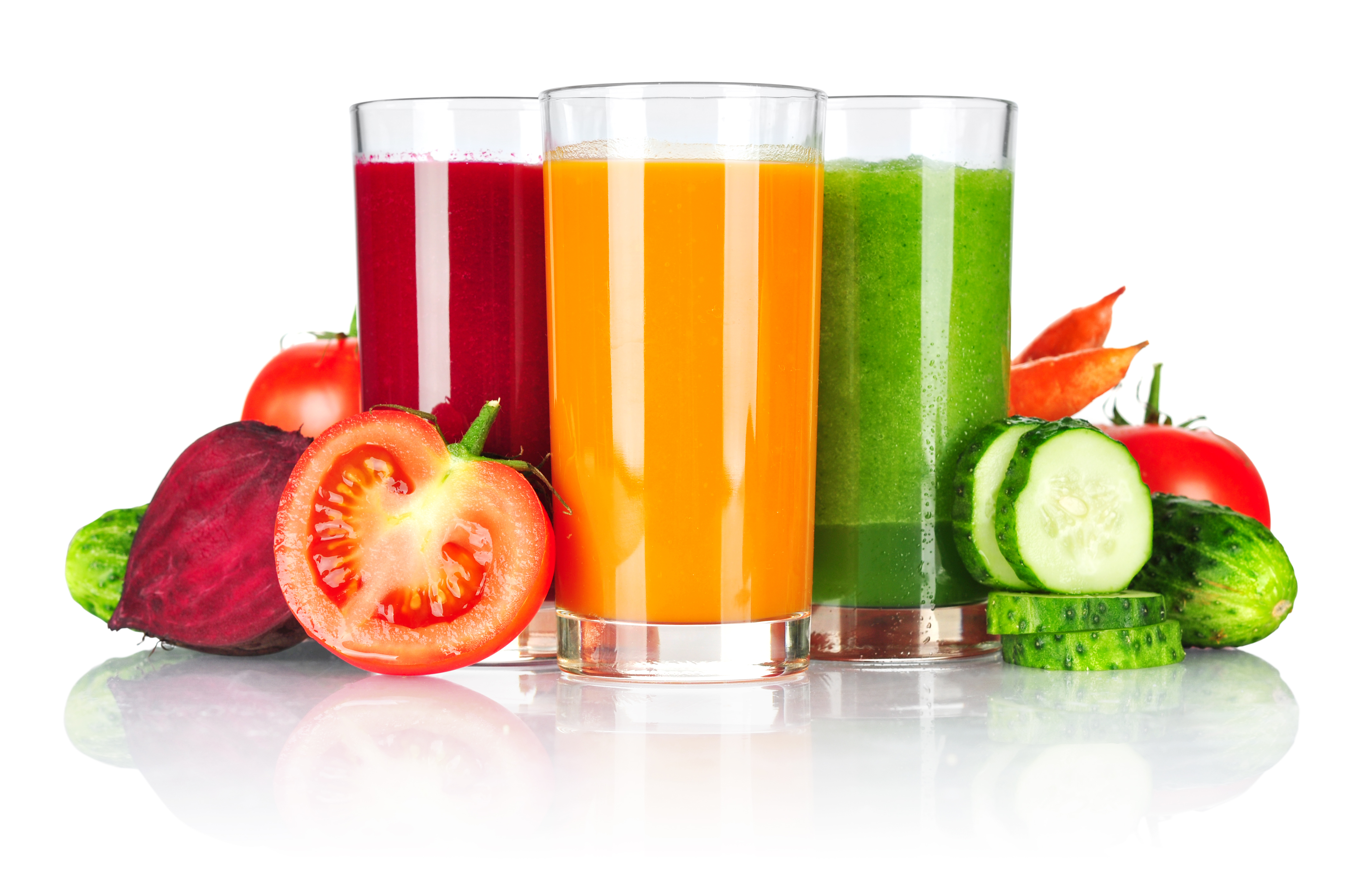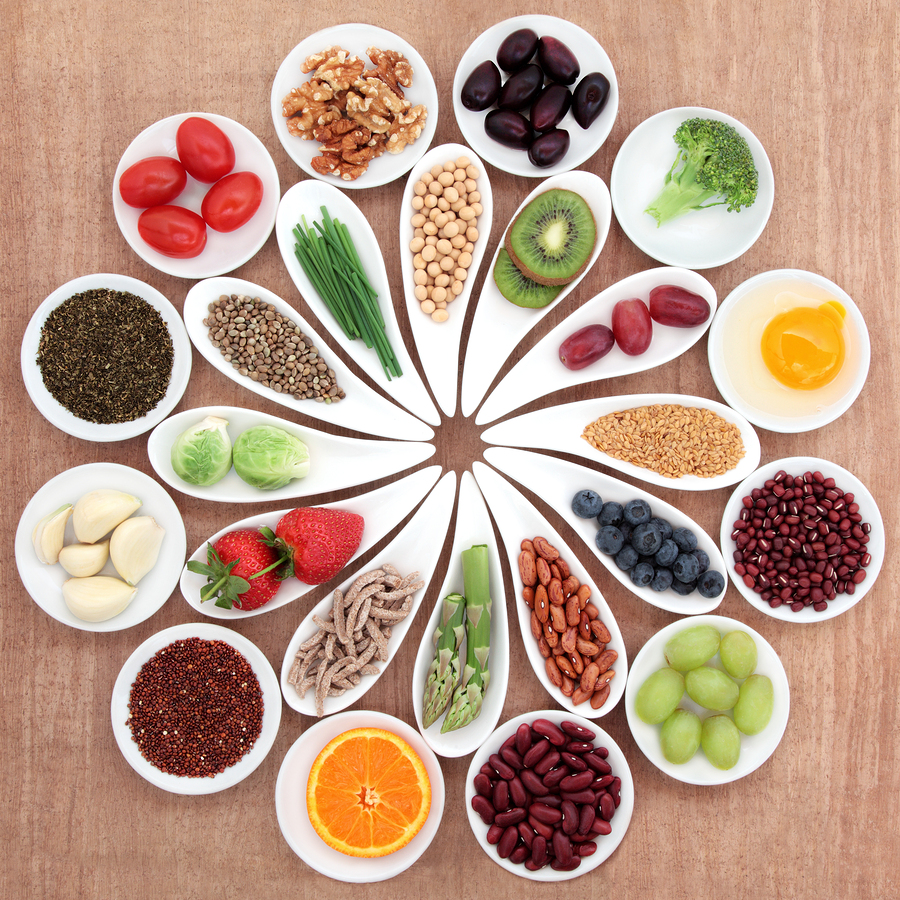
We here at EE know that what works for the many doesn’t always work for the few. Last week we talked about going nuts. That many different types of nuts carry different types of nutritional benefits and make the perfect on the go healthy snack. But what about those of you who despise the nuts? Who are allergic to them? What other options do you have?
Never fear, we have taken the time to give you some of the options you seek. Instead of indulging nuts, the better options for those of you with nut issues can be seeds, olives, coconut, and lentils.
Before we continue with these various options, we must warn you that anything can come with an allergy. Try not to overdo what you like so that you don’t incidentally make yourself sick and even consuming a good thing has its limits. Also, make sure you are not allergic to any of these options. Trying a small portion of each you so desire before ingesting large amounts to make sure you do not have any allergies.
Now, when looking for a good substitution for the benefits of nuts, seeds are great. Seeds usually have a nutty consistency similar to what you find in peanuts. So, it makes an easy replacement that isn’t too bazaar. Seeds have been linked to lowering risk of heart diseases and can be a good anti-inflammatory. Seeds can also range from many types of benefits like protein, fiber, and antioxidants. So, if you are looking for a close substitute for nuts, seeds may be the option for you.
Now, if you are looking for something a little out of the box and definitely not similar to nuts in any way, you may like the olive option. Olives also have heart healthy benefits like controlling blood pressure, and helping to prevent blood clots. Olives are also a great source of vitamin E, dietary fiber, antioxidants, and potassium, etc. Pretty good option, if you’re not a fan of the nut and its texture.
This next option is very much mistaken for a nut or tree nut when it is not. Coconut is a fruit, not a nut. Even though people still have coconut allergies, those of you that are allergic to tree nuts might be able to eat coconuts. Coconuts have an immense amount of health benefits like boosting energy, defending against bacteria, reducing cholesterol, reducing the risk of heart disease, and boosting brain function.
Last but certainly not least, lentils are a good substitute for nuts. Lentils are more like beans, for example, dry beans, chickpeas, lupines, etc. They are high in protein and fiber. They are also a great source of potassium, vitamin K, calcium, and zinc. So if you are a bean person, then this may be the best choice for you.
The EE 411: Organic Health – An Extensive List on your Healthy Snack Option
Types of Seeds:
● Sunflower seeds
● Pomegranate seeds
● Flax seeds
● Pumpkin seeds
● Apricot seeds
● Sesame seeds
● Cumin seeds
● Grape seeds
● Chia seeds
● Hemp seeds
Types of Olives:
● Cerigonola
● Gaeta
● Kalamata
● Nicoise
● Oil-Cured
● Sicilian Green
Types of Lentils
● Brown Lentils
● Red Lentils
● French Green Lentils
There are many different substitutes for nuts. They can be found in meats, fruits, vegetables, and oils. So, don’t let these three popular options limit you. Do more research and find what you like. Then share what you have found with your friends and family. Also, look for great ways to incorporate them in your food. We hope our topic for today helped you find other healthy options outside of nuts.
Share with Us: What is your favorite nut substitute?
(This post was brought to you by Earth’s Enrichments. Similar posts can be found by visiting our Blog. More information about our company and products (USDA Certified Organic Soaps, Organic Bath Salts, Organic Sugar Scrubs, Organic Body Balms and Organic Lip Balms) can be found on our Website. Thank you Earth’s Enricher!)





